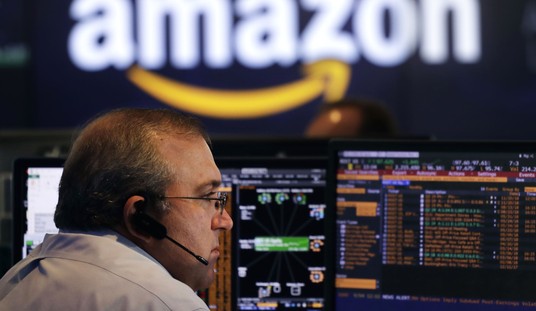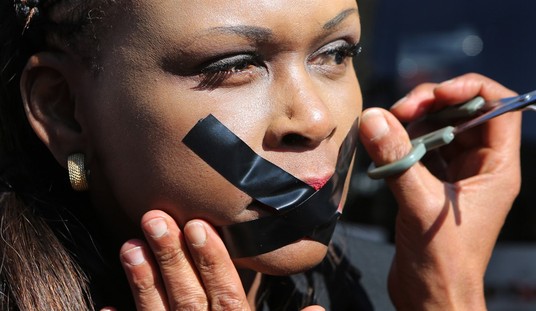Last week I wrote about two different reports looking at student debt forgiveness, both of which argued it was a lousy idea. One report argued it would a) cost a lot of money and b) mostly benefit people at the top who are doing relatively well. The other report made the case that it would provide relatively little stimulus to the economy because most of the debt being forgiven was going to be paid off over decades. So the actual savings in the form of monthly payments would only be a few hundred a month for many people. Yesterday, another working paper was published which came to similar conclusions. One of the authors highlighted the bottom line on Twitter:
Our main graph shows that the average person in the bottom 10% would receive $3000 in balance forgiveness, which is only worth $1,100 in present value terms (in actual savings). Someone in the top three deciles would receive roughly $8,000 in present value terms. 2/15 pic.twitter.com/lw7vsrYaWR
— Sylvain Catherine (@sc_cath) November 30, 2020
The paper itself goes into more detail about how this works. It turns out debt forgiveness, especially limited debt forgiveness of the kind Joe Biden has been talking about recently, doesn’t do much for people at the bottom because many of them already benefit from a form of debt forgiveness in the form of Income-Driven Repayment plans:
While direct debt discharge has dominated many public discussions, much of the public discourse misses the fact that significant targeted debt forgiveness already exists in the United States for some borrowers. Importantly for most borrowers, Income-Driven Repayment (IDR) plans also offer substantial loan forgiveness to low-income borrowers who have balances remaining after twenty to twenty-five years, depending on a borrowers’ specific plan…
Under current IDR plans, borrowers pay 10 or 15 percent of their discretionary income, above 150 percent of the poverty line. After 20 or 25 years, remaining balances are forgiven. IDR plans thus have a significant forgiveness component, but unlike more general forgiveness options, IDR targets forgiveness towards lower income borrowers. Indeed, some persistently low-income borrowers in IDR plans can end up paying nothing at all. Borrowers who earn below 150 percent of the poverty line for the duration of repayment will end up making no payments and receiving full loan cancellation.
Hopefully you can see how forgiving $10,000 of what someone at the bottom of the income scale owes won’t help them much if they were never going to pay it anyway. Meanwhile, the people at the top get the full benefit of that debt forgiveness.
Now if Democrats want to push a program that eliminates a lot of student debt, and it seems they do, there’s no doubt some people will benefit from that, but they’ll mostly be people in the top of the income scale. You’re essentially handing money to people who are already doing pretty well. In the midst of a pandemic with millions of people out of work and small businesses struggling to hang on, there are arguably better ways to spend tens of billions of dollars.
Apart from being a distinctly non-progressive way to redistribute money, there are also plenty of questions about what this kind of debt forgiveness would do to future students. Do they also get debt forgiveness at some point? Do they spend more on college in the expectation of not having to pay that money back? Does a rush of new spending drive the cost of college up even higher in the near term? Forgiving student debt could have a lot of secondary impacts that aren’t all positive. Those need to be considered as well.







Join the conversation as a VIP Member